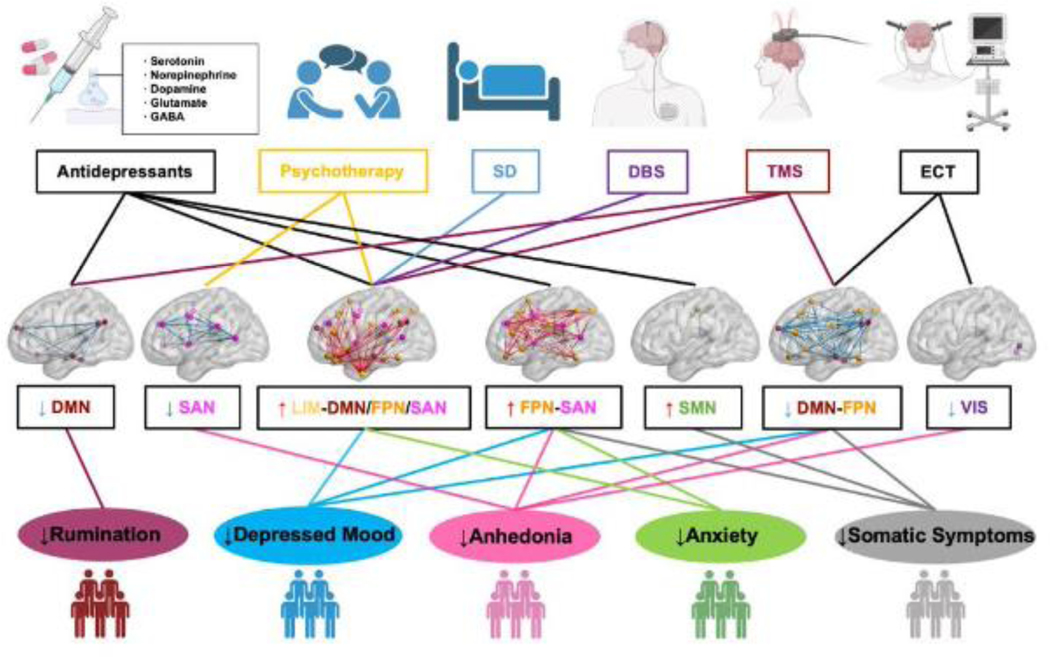Figure 2. Hypothetical model of symptom-specific, network-guided treatments.
The model was created by a summary of key studies (Table 1) from an emerging literature describing associations between six treatments, brain network abnormalities involving seven RSNs, and five depressive symptoms. Abnormal functional connectivity has been found in multiple RSNs in depressed patients with heterogeneous symptoms. The abnormal connectivity shown in each RSN tend to be associated with its cognitive domain-related symptoms of depression. Of note, different types of treatments are likely to modulate the abnormal connectivity within and/or between common or distinct cognitive-related RSNs, which might improve specific subtypes of depression symptoms, such as rumination, depressed mood, anhedonia, anxiety, somatic symptoms, etc. Specifically, the levels of rumination in depressed patients could be reduced by modulating DMN connectivity using antidepressants and TMS. Antidepressants, TMS and ECT could modulate FPN- and SMN-involved connectivity and reduce the levels of somatic symptoms. All the six treatments could be used to reduce the levels of depressed mood by modulating the connectivity between the FPN and other RSNs, except the two sensory networks, SMN and VIS. Changes of SAN-, FPN-, and VIS-involved connectivity induced by different treatment types (except SD and DBS) are related to the reduction of anhedonia levels. Multiple treatments (except ECT) are used to modulate the FPN- and SAN-involved between network connectivity, which can decrease the levels of anxiety. SD, sleep deprivation; DBS, deep brain stimulation; TMS, transcranial magnetic stimulation; ECT, electroconvulsive therapy. The illustrations of treatments and symptom subtypes were adapted from BioRender.com.

